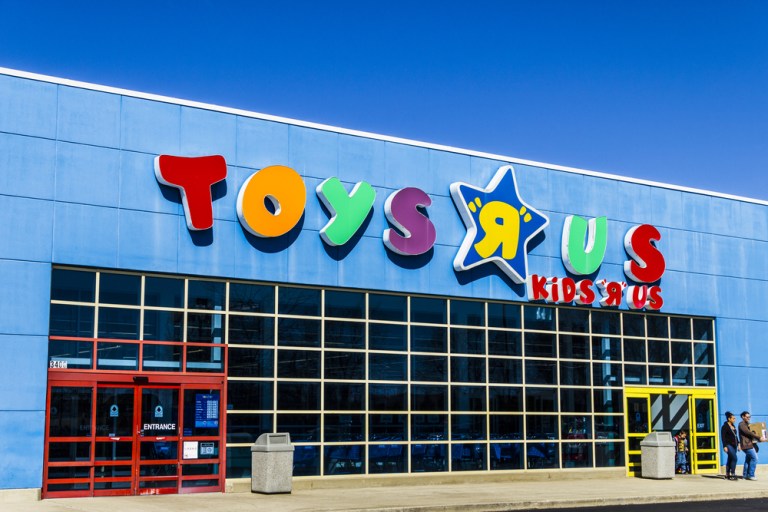Toys R Us Moves Toward Asset Liquidation

The end, it seems, is near as far as Toys R Us is concerned, as reports are emerging that the liquidation of the retailer’s assets may be coming soon.
The nation’s best-known toy store is reportedly drafting a court motion for its liquidation plans, according to unnamed sources close to the situation. That filing could come down as soon as later today (March 14), which would make the motion official.
Such a move would kick off the winding down of the retail brand, ending a half century in business.
The end of Toys R Us signals more than just the disappearance of yet another once iconic American brand. Toy retailers could soon feel the hit as well, as Toys R Us has been a major supply channel for all make and manner of items designed to amuse children. The company accounted for 15 to 20 percent of U.S. toy sales last year, according to Jefferies analyst Stephanie Wissink. The end of the brand will push more retailers toward Amazon and into competition with each other for display room in the nation’s big box stores.
According to the Wissink, that could mean the entire industry contracting by as much as 15 percent. This is a less-than-ideal time for such a decline: Mattel has seen its share price fall 8 percent in less than six months, and rumors have begun swirling about a bankruptcy filing. Hasbro, which was discussed as a potential buyer for Mattel, has also seen its share price dip 4.6 percent.
Toys R Us entered bankruptcy in Sept. 2017 with $4.9 billion in debt, a vestige from its $6.6 billion acquisition by Kohlberg Kravis Roberts, Bain Capital Partners and real estate investment trust Vornado Realty Trust in 2005. The brand had initially hoped the protections of a bankruptcy filing might give them the freedom they needed to update, streamline and become more competitive. But, after a disastrous holiday season, it seems the time for retail reinvention for Toys R Us has passed.
As lenders began to push more actively for liquidation, it became apparent that this was the likely direction the brand would be taking — a reality that became more obvious this week when vendors weren’t paid and calls from the media were ignored.